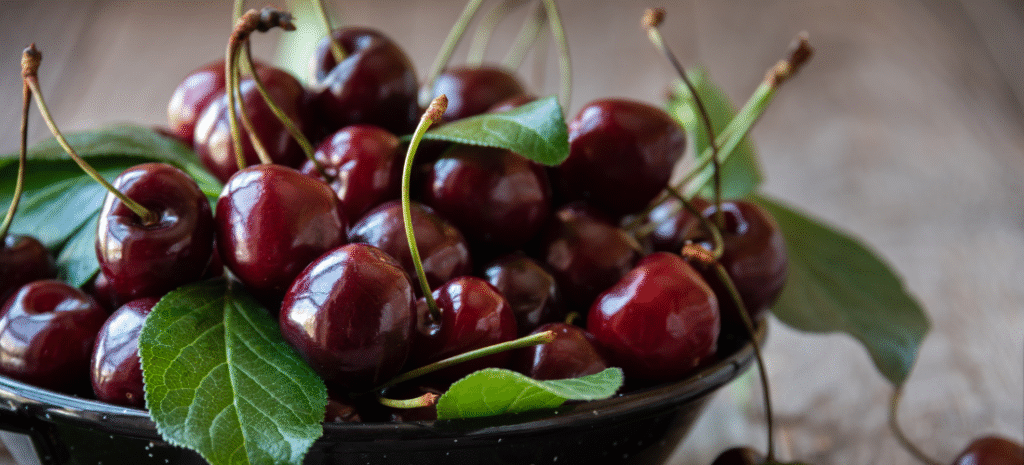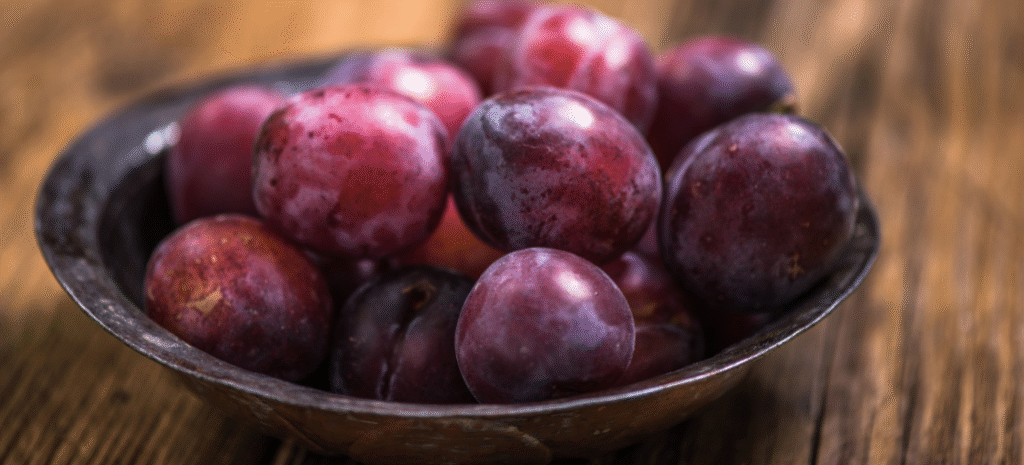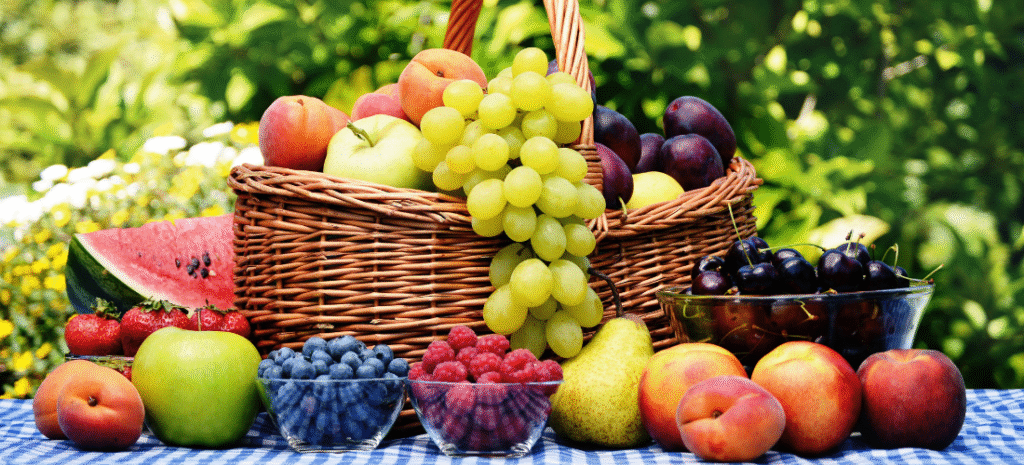Sweet, juicy, and packed with benefits: cherries are a symbolic fruit of late spring andearly summer, perfect to enjoy au naturel or to include in many recipes, both sweet and savory.
A concentrate of antioxidants and minerals
In addition to their irresistible taste, cherries are a valuable source of anthocyanins, the natural pigments that give the fruit its intense red color and protect the cardiovascular system.
Nutritionally, they provide:
- Lots of water (great for hydration in the early heat)
- Useful fiber for intestinal regularity
- Vitamin C, an ally of the immune system and iron absorption
- Potassium, phosphorus and magnesium, important for muscles, bones and nervous system
- Phenolic compounds with antioxidant power
CHERRIES IN THE KITCHEN: NOT JUST DESSERTS
Cherries are perfect to enjoy fresh, but also:
- In preserves, syrups, jams and jams
- For homemade desserts: fluffy cakes, cheesecakes, strudels, tarts, clafoutis
- In savory preparations: surprising in salads, couscous and cold grain salads.
Dietitian’s advice:
Try a ‘ spelt salad with arugula, cherries and walnuts-a fresh dish, rich in iron, good fatty acids and with the perfect balance of sweetness and savoriness. A real summer treat!
HOW TO CHOOSE AND STORE THEM
Cherries are in season between May and July, and to enjoy them at their best they must be chosen at the right time.
How to recognize a ripe cherry:
- Flesh turgid, firm but not too hard
- Bright color
- Green and fresh petiole.
Store them in the refrigerator and consume them within a few days to preserve flavor and properties.
DID YOU KNOW THAT…? COSMETIC USES AND CURIOSITIES
Cherry pits are not thrown away!
They are used:
- in the natural cosmetics
- to create thermal pillows, which can be heated and applied to the neck or back for a relaxing and decontracting
A traditional remedy that combines sustainability and wellness!
CHERRIES OR SOUR CHERRIES? HERE ARE THE DIFFERENCES
Often confused with each other, cherries and sour cherries are actually different fruits:
- Cherries are derived from Prunus avium, are larger large and sweet
- Black cherries come from Prunus cerasus, and they are more small and sour.
Black cherries, due to their stronger taste, are often used:
- in the variegated ice creams
- into intensely flavored jams
- in sweet and sour pairings for savory dishes, where the contrast with more savory foods creates a perfect balance.
CONCLUSIONS
Cherries are not only a treat for the palate: they are also allies of the heart, skin and hydrosaline balance. Let’s take advantage of them during their short season to bring taste, color and health to the table.
by dietitian Alessandra Zanini
Sources:
- Treccani, the portal of knowledge – Treccani
- https://smartfood.ieo.it/
- Cherries and health: a review – Letitia M McCune 1, Chieri Kubota, Nicole R Stendell-Hollis, Cynthia A Thomson – PMID: 21229414
- Antioxidants in cherries: from farm to table by Gianna Ferretti, Tiziana Bacchetti, Alberto Belleggia and Davide Neri – https://doi.org/10.3390/molecules15106993
- Food composition database for epidemiological studies in Italy – BDA.IEO.IT



